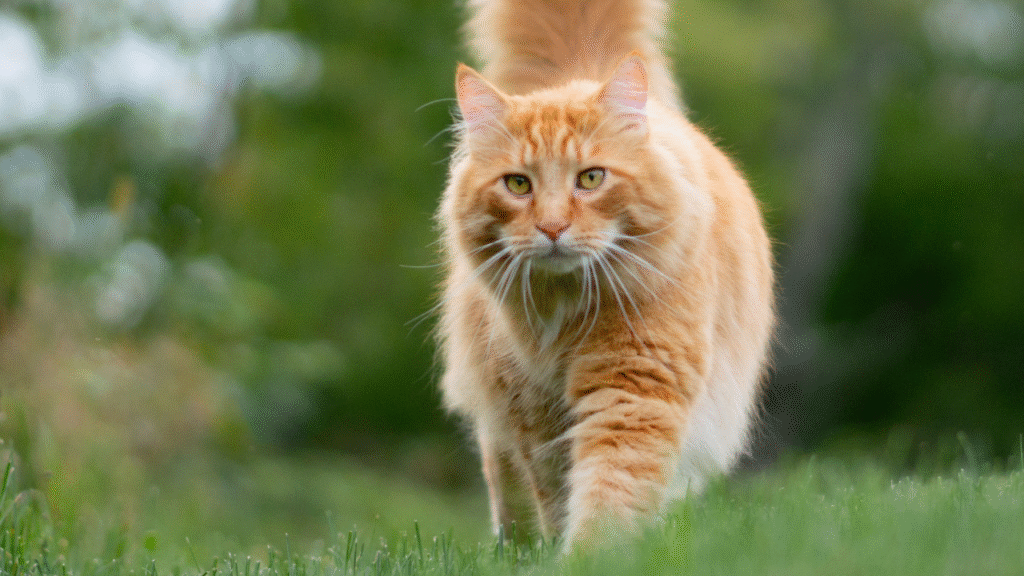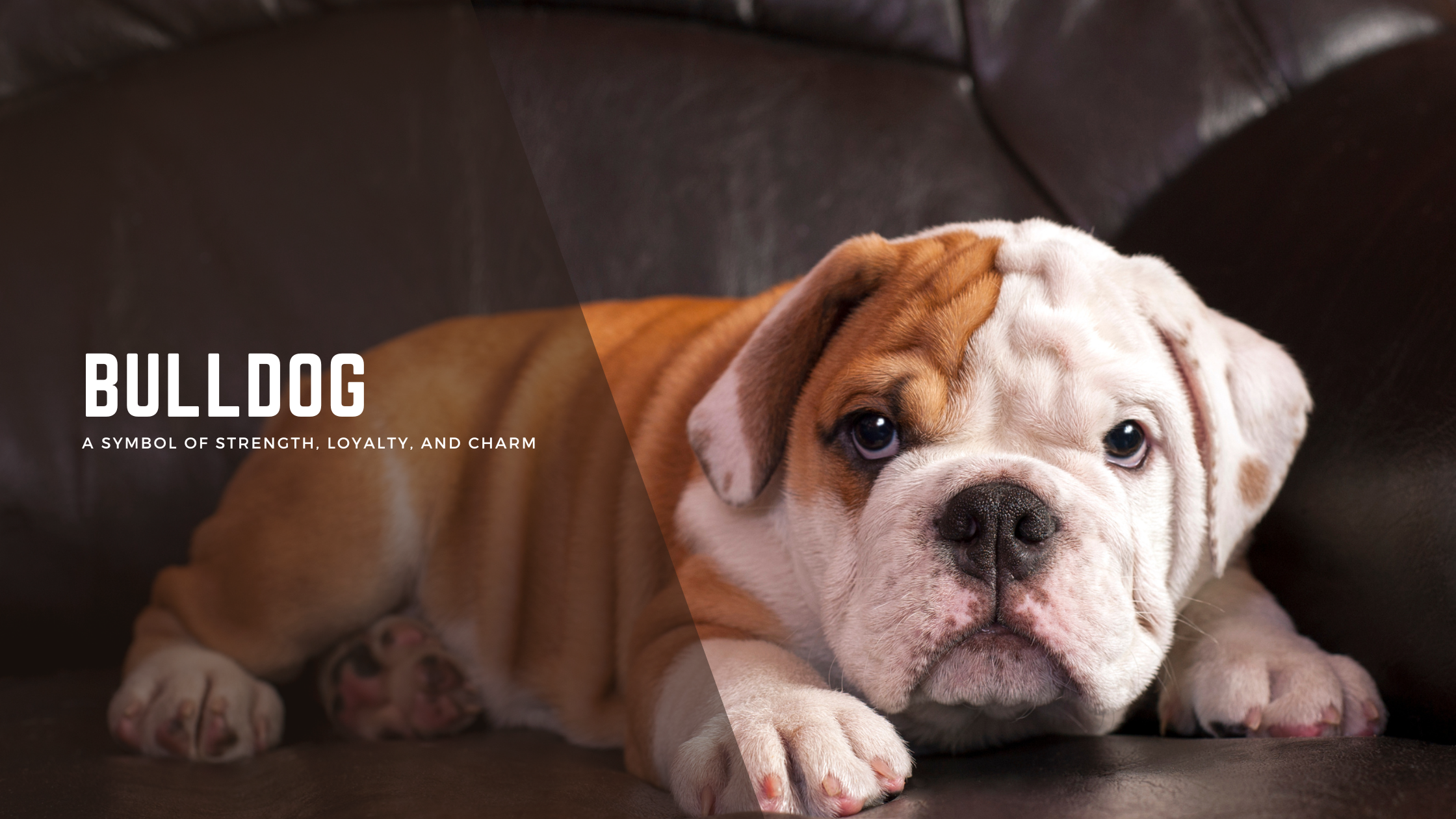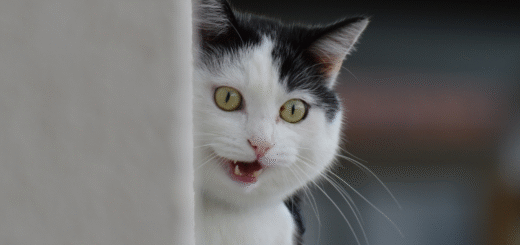The Best Toys to Keep Your Cat Engaged
Cats are natural hunters, full of energy and curiosity. Even the laziest house cat has instincts rooted in stalking, chasing, and pouncing. Without proper outlets for this energy, cats can become bored, stressed, or even destructive. That’s where toys come in. The right toys don’t just entertain your feline friend—they also provide physical exercise, mental stimulation, and a way to bond with you.

Below are some of the best types of toys to keep your cat engaged and happy.
1. Interactive Toys
What they are: Toys that require movement or response, often battery-powered or owner-operated.
Examples:
- Laser pointers
- Motorized mice
- Feather wands (like Da Bird)
- Ball tracks (e.g., Catit Senses)
Why they work: Interactive toys tap into a cat’s hunting instincts. The unpredictability of moving targets keeps them mentally sharp and physically agile. Feather wands are especially good for encouraging high jumps and fast chases—great for a burst of cardio.
Tip: Use interactive toys for 10–15 minutes a day to help reduce anxiety and prevent obesity.
2. Puzzle Toys
What they are: Toys that challenge your cat to think in order to get a reward (usually a treat).
Examples:
- Food-dispensing balls
- Treat mazes
- DIY puzzles using egg cartons or muffin tins
Why they work: These toys slow down eating and force your cat to “work” for food, mimicking how wild cats hunt. They’re excellent for mental stimulation, especially for indoor cats who don’t get many natural challenges.
Tip: Rotate puzzle toys weekly to keep things fresh.
3. Solo Play Toys
What they are: Toys your cat can use without your involvement.
Examples:
- Crinkle balls
- Stuffed mice
- Spring toys
- Catnip-stuffed plush toys
Why they work: Solo toys keep your cat occupied when you’re not home. Many cats will bat, bite, and carry them around as if they’ve caught real prey. Choose lightweight toys they can easily toss around.
Tip: Keep a toy bin and rotate toys to avoid boredom.
4. Catnip and Silvervine Toys
What they are: Toys infused with natural attractants like catnip or silvervine.
Examples:
- Catnip pillows
- Silvervine sticks
- Refillable catnip toys
Why they work: About 70% of cats react to catnip, and many who don’t will respond to silvervine. These natural herbs cause a temporary state of euphoria, encouraging rolling, rubbing, and energetic play.
Tip: Store catnip toys in an airtight container with extra catnip to keep them potent.
5. Climbing and Scratching Toys
What they are: Larger toys that encourage full-body movement.
Examples:
- Cat trees and towers
- Scratching posts
- Wall-mounted climbing shelves
Why they work: Cats love vertical space—it makes them feel safe and dominant. Scratching toys also help maintain claw health and mark territory. Providing places to scratch and climb can reduce furniture damage and boredom.
Tip: Place these near windows so your cat can watch birds or squirrels outside.
6. DIY and Budget Toys
What they are: Homemade or inexpensive toys made from household items.
Examples:
- Paper bags
- Cardboard boxes
- Toilet paper rolls
- Ping pong balls
Why they work: Cats don’t care about price tags. A paper bag with handles removed can provide endless entertainment. Boxes become fortresses, and paper balls become prey. Use your imagination, and your cat will thank you.
Tip: Always supervise with DIY toys to ensure safety—remove anything they could swallow.
Conclusion
The best toy for your cat depends on their personality, energy level, and play style. Some love to chase, others prefer to stalk or wrestle. Experiment with different toy types, observe what excites them most, and rotate their options regularly to keep things novel.
Play is essential for your cat’s mental and physical well-being, and it’s one of the best ways to strengthen your bond. So grab that feather wand, set up a puzzle, or toss a crinkle ball—your cat’s next adventure is just a toy away.








